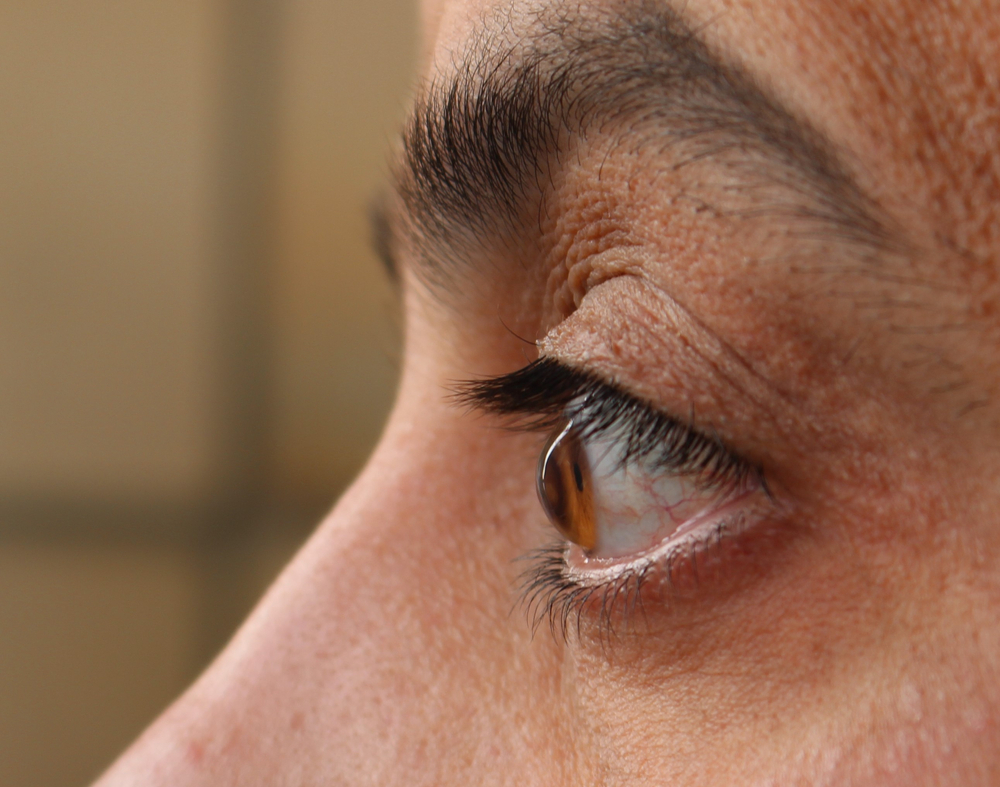
Keratoconus is a progressive eye disease where the normally round cornea thins and begins to bulge into a cone-like shape. This cone shape deflects light as it enters the eye on its way to the light-sensitive retina, causing distorted vision. Understanding keratoconus is the first step towards managing it effectively.
How Keratoconus Affects Vision
Keratoconus affects vision in several ways. Due to the irregular shape of the cornea, light rays entering the eye are not properly focused on the retina. This results in distorted and blurred vision, which can affect daily activities like reading, driving, or even recognizing faces.
As keratoconus progresses, you may experience a dramatic increase in nearsightedness or astigmatism, leading to frequent changes in your eyeglass prescription. Some people with advanced keratoconus may also see multiple images, lines, or glare around lights.
Living with these vision changes can be challenging. But by understanding how keratoconus affects vision, you can better manage its impact on your life.
Common Keratoconus Symptoms
The symptoms of keratoconus vary based on the stage of the disease. In the early stages, symptoms may be so mild that they're hardly noticeable. However, as the disease progresses, symptoms often become more apparent.
Common symptoms include blurred or distorted vision, increased sensitivity to light and glare, sudden worsening or clouding of vision, and frequent changes in eyeglass prescription. It's also not uncommon for individuals with keratoconus to experience difficulty focusing on fine details.
Treatment Options for Keratoconus
Keratoconus is treatable and its progression can be halted or slowed down. The choice of treatment usually depends on the severity of the condition and how quickly it is progressing.
In the early stages, glasses or soft contact lenses may be sufficient to correct vision. As the condition progresses, specially designed contact lenses may be required. These can include rigid gas permeable lenses, hybrid lenses, or scleral lenses, all of which help to reshape the cornea and improve vision.
For more advanced cases of keratoconus, surgical options are available. Corneal cross-linking is a procedure that strengthens the corneal tissue to halt the thinning process. Another option is a corneal transplant, where the damaged cornea is replaced with healthy donor tissue.
Navigating Keratoconus for Optimal Vision
Understanding keratoconus, what it is, symptoms, and treatment options, empowers you to take proactive steps towards managing this condition. Early detection is critical in managing keratoconus effectively.
If you or a loved one is experiencing any symptoms associated with keratoconus, schedule an eye exam with our professionals at 20/20 Optometric of Fresno in our Fresno, California, office. Please call (559) 221-8900 to book your appointment today.




